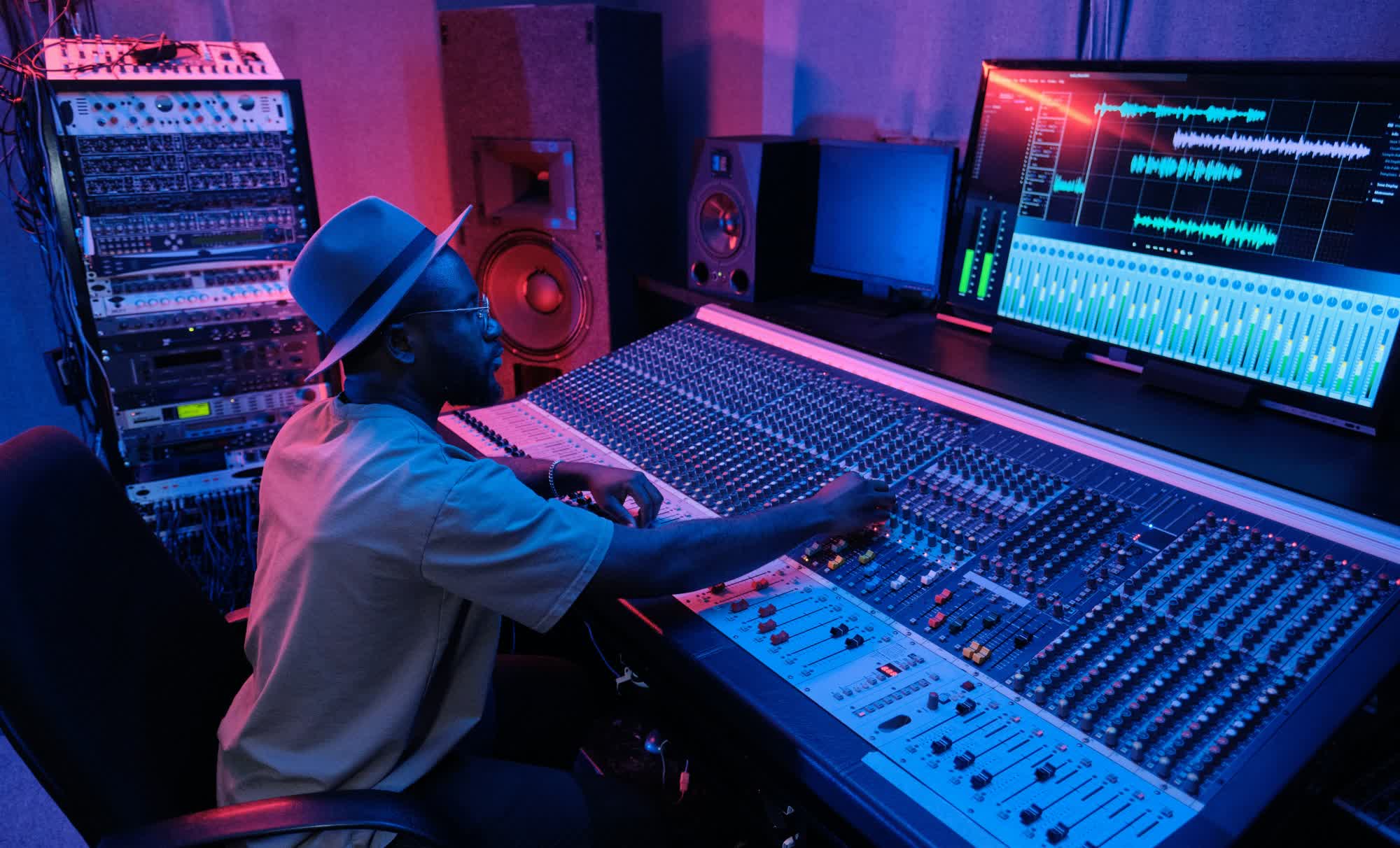In a nutshell: Spotify is preparing to launch its long-awaited high-fidelity streaming service later this year. Sources told Bloomberg that the Swedish music giant could charge as much as $5.99 per month for access – and that's on top of the standard monthly fee that premium users already pay.

Rumblings of a Spotify HiFi tier have persisted for several years. In early 2023, Spotify co-president Gustav Söderström said the industry changed after they initially announced the service, and that they would need to rethink their strategy in a way that makes sense for them and their listeners before a rollout could occur.
The industry change Söderström referenced was likely Apple's decision to start offering lossless quality to its streaming music subscribers. Others, including Amazon, followed suit shortly after.

Sources now tell Bloomberg that the HiFi tier, reportedly dubbed Music Pro, will be an add-on for existing, paying subscribers – a "super-fan" streaming experience, if you will. In addition to higher-quality tracks, users will be able to leverage remixing tools and get early access to concert tickets. The $5.99 per month price is not set in stone as the company is still hammering out details and licensing rights. Pricing is also expected to vary by region, with cheaper rates in less-developed markets.
Even with mixing tools and early access to ticket sales, Spotify could have a hard time marketing Music Pro against the competition. An individual Apple Music subscription sells for $11.99 per month, and the full catalog is offered in lossless. A Spotify individual membership also starts at $11.99, plus the cost of the Music Pro add-on. That is nearly $18 a month and let's be honest, how many people are really going to care about concert tickets or remixing software?
Spotify previously considered adding audiobook access for HiFi subscribers, but ended up rolling this perk into its standard premium package. Now, premium members get 15 hours / month of listening time from the audiobooks subscriber catalog.
Image credit: Getty Images, Natalia Blauth
Spotify's long-awaited HiFi tier is finally coming, but it'll cost you extra